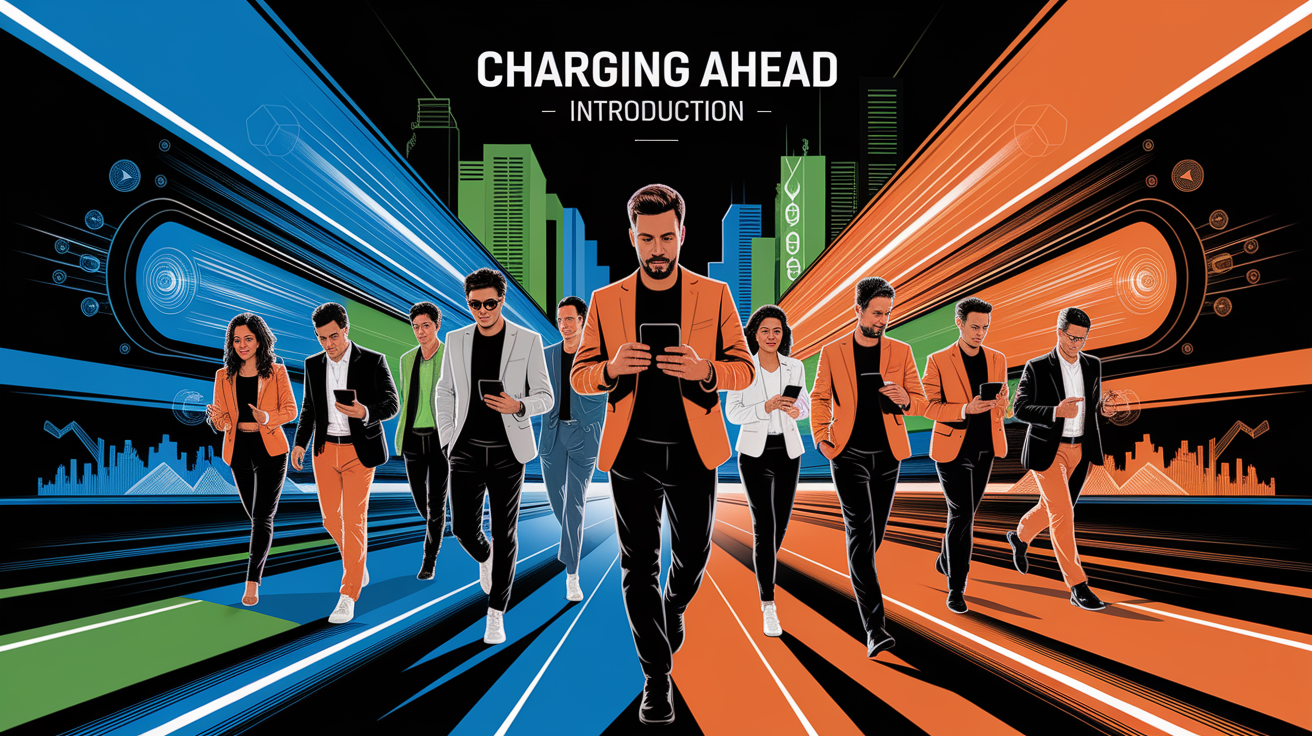Powering the Future: Second-Life EV Batteries Turned Stationary Storage
Charging Ahead – Introduction
As the global fleet of electric vehicles (EVs) continues to grow, a parallel market is emerging for a vital piece of their technology: lithium-ion batteries. While EV batteries experience gradual battery degradation over time, many retain a significant portion of their capacity after reaching the end of their automotive life. Repurposing these end-of-life batteries for stationary energy storage systems offers both environmental and economic advantages, accelerating the transition toward a circular economy in the energy sector.

According to research from the Technical University of Denmark, second-life EV batteries typically retain 60% to 80% of their original energy density. This means they remain well-suited for a range of stationary applications, including grid storage, backup power solutions, and renewable energy integration—at a fraction of the cost and impact of manufacturing new batteries.
Understanding Second-Life EV Batteries
Second-life EV batteries are retired EV battery packs that have completed their first use phase in vehicles but still hold substantial usable capacity. After years of service, battery modules are subjected to battery refurbishment processes and rigorous battery testing protocols to determine their suitability for stationary storage. While they may no longer deliver optimal driving range, they can provide effective distributed energy resources for businesses, utilities, and homes.

This repurposing process is bolstered by battery management systems (BMS) tailored to monitor performance, prevent overcharging or overheating, and ensure safe integration into utility-scale storage or residential energy storage products—much like how the Tesla Powerwall operates.
Benefits of Stationary Storage with Second-Life Batteries
Second-life lithium-ion batteries deliver a suite of advantages for stationary applications:

- Cost Savings: These units can be 30% to 70% cheaper than brand-new batteries, according to an analysis by McKinsey & Company.
- Lower Environmental Impact: They reduce demand for resource-intensive mining and manufacturing, thus cutting greenhouse gas emissions.
- Enhanced Renewable Energy Storage: Second-life batteries can store excess solar or wind power, enabling load balancing systems and peak shaving applications.
- Extended Battery Lifecycle: They maximize asset utilization before eventual battery recycling.
Common Applications
Repurposed EV batteries are finding diverse roles across energy markets. Key examples include:

- Grid-Scale Energy Storage: Support frequency regulation services and reduce strain during peak demand periods.
- Microgrid Applications: Ensure stable electricity supply in remote or disaster-prone areas.
- Backup Power Solutions: Provide reliable reserves for hospitals, data centers, and industrial facilities.
- Energy Arbitrage: Enable storage of low-cost electricity for use when prices spike, improving energy storage economics.
Industrial and commercial sites are beginning to deploy retired EV batteries for power arbitrage and renewable energy smoothing, demonstrating strong viability alongside traditional storage technologies (Sparkion).
Key Implementation Steps
For organizations exploring how to repurpose electric vehicle batteries for home storage or commercial systems, several steps are critical:
- Battery Degradation Analysis: Assess remaining capacity, health, and cycle life potential.
- Battery Testing and Certification: Follow regulatory and industry best practices for stationary use.
- BMS Integration: Install a customized battery management system for optimal performance monitoring.
- System Design: Ensure compatibility with existing energy storage systems and safety frameworks.
- Regulatory Compliance: Adhere to evolving standards for second-life battery management system requirements and safety considerations.
Challenges and Considerations
While the promise of second-life EV batteries is clear, the road ahead includes hurdles. The ACEEE Policy Brief notes challenges such as varying cell chemistries, inconsistent designs among manufacturers, and difficulties accessing original battery performance monitoring data. Safety considerations for repurposed EV batteries require strict adherence to protocols that mitigate thermal runaway risks.
Policy initiatives like establishing a global “battery passport” could simplify repurposing by providing history and usage data to refurbishers. Logistics, including transport of high-voltage components and the battery refurbishment process, remain complex. Standardized battery testing protocols are still developing, but necessary for widespread adoption.
Looking Down the Road
Forecasts from IDTechEx suggest supply could exceed 200 gigawatt-hours annually by 2030, potentially meeting a substantial portion of lithium-ion utility-scale storage needs. This emerging supply chain carries opportunities for innovative players to offer sustainable battery solutions that compete with traditional storage hardware while closing the loop on the battery lifecycle.
Industry leaders and startups alike—from automotive OEMs to specialized refurbishment companies—are positioning themselves to capitalize on battery second-life applications. As regulatory frameworks and market incentives evolve, widespread adoption is likely to reshape the stationary storage market.
Circuit Closed – Conclusion
Repurposing second-life EV batteries for stationary storage applications represents a practical intersection of sustainability, economics, and technology. By extending the useful life of retired EV batteries, we reduce environmental impacts, lower costs for energy storage systems, and strengthen the integration of renewable energy storage into the grid. Although technical and regulatory challenges persist, industry collaboration and innovation are rapidly clearing the path for broad deployment. For energy professionals and battery enthusiasts, second-life technology doesn’t just offer promise—it’s already charging ahead.







